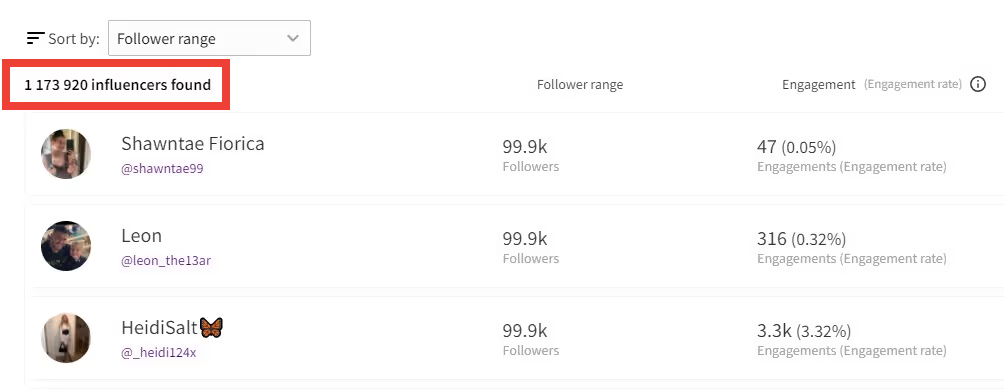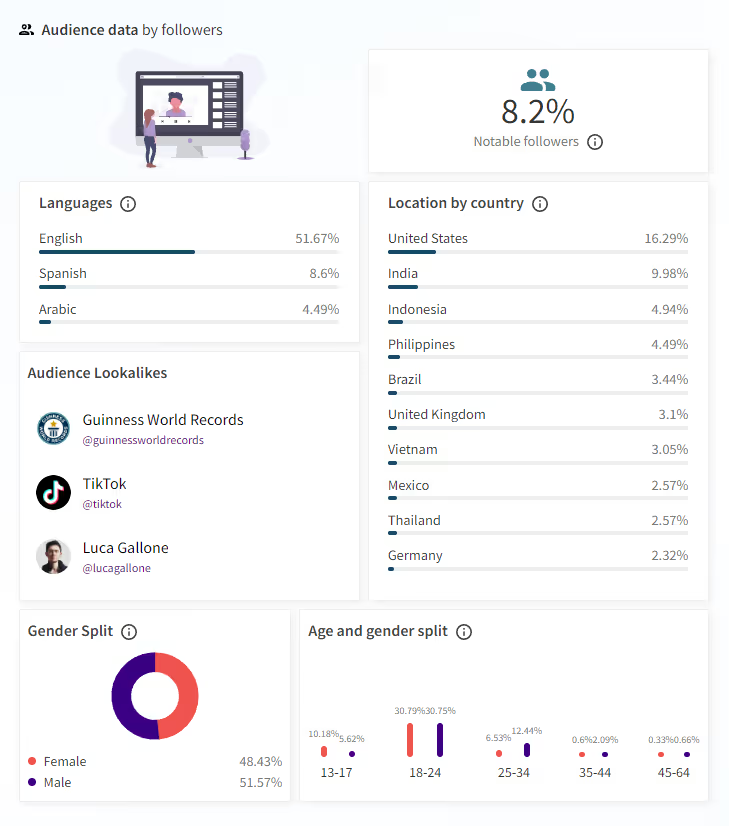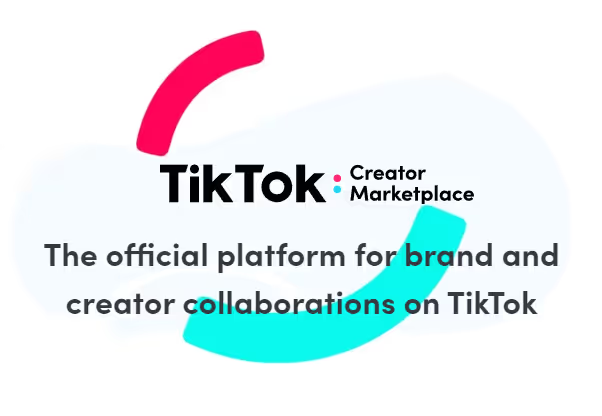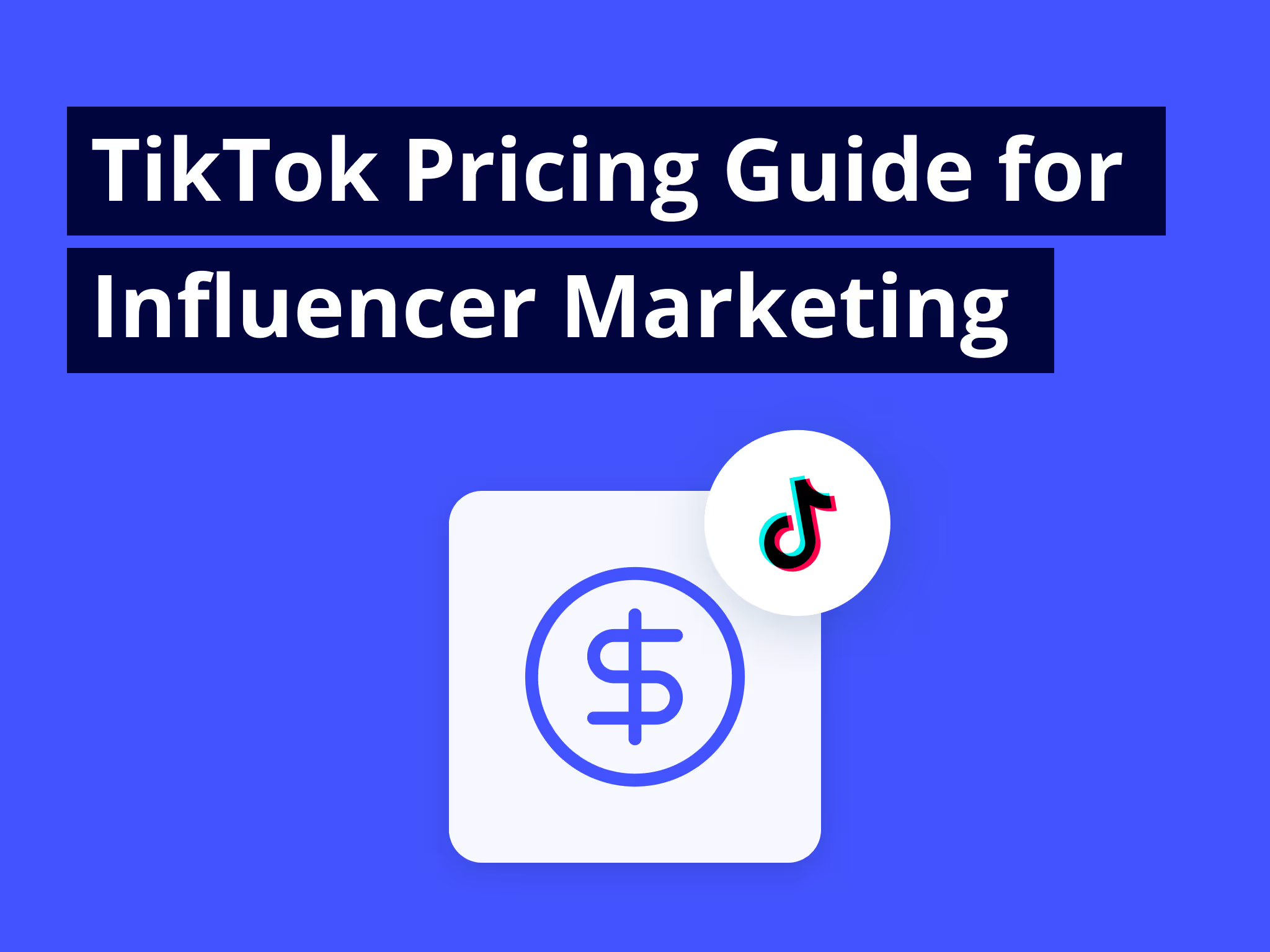Finding influencers on TikTok can be challenging. Finding micro influencers on TikTok though, is even harder.
TikTok’s Creator Marketplace doesn’t list them. Searching hashtags just brings up popular videos (therefore, larger accounts). Marketplaces & agencies never have a good database of small niche-specific influencers. Micro influencers often aren’t even proactively looking for brand collaborations.
So how do you do it? Here’s 3 methods you can try for finding TikTok micro influencers, with the pros & cons of each.
Defining a micro influencer
The definition of a ‘micro influencer’ varies, but generally we’re talking about influencers with a social following of somewhere in the region of 10,000 to 100,000 followers or subscribers.
In smaller countries, having 100,000 followers would be considered almost celebrity status. In that case, you might narrow the definition.
Regardless of how you define a micro influencer precisely, the approach is similar.
3 methods to find TikTok micro influencers
Use an influencer search tool
By far, the most effective of these methods is to use an influencer search tool. By using a paid software tool, you can easily overcome all of the challenges found with the other methods. I’m going to demonstrate how to find TikTok micro influencers using Modash, because:
It has the largest influencer database. With a small influencer database, or a marketplace model (that only lists influencers who opted in), you’ll have limited choice. Modash has every creator on earth for TikTok, Instagram, and YouTube. That’s 250M+ profiles, which means you won’t run out of potential micro influencers, at any scale.
It has excellent filtering to find micro influencers which I’ll demonstrate below. You can narrow down your search to a platform & location, and add growth rates, bio keywords, audience demographics and more. You can adjust what you consider ‘micro’ too, with follower ranges. Plus, the secret sauce that you won’t find on other platforms: percentage granularity.
Here’s how it works.
Head to Discovery, then choose a platform & follower range
When you land in the Modash dashboard, you’ll see a screen that looks something like this:

The first thing you’ll notice is the platform tabs. Make sure you select TikTok. It’s worth noting that this process works similarly for the other channels too (and there are even more filters for Instagram).
For finding micro influencers, the first filter to apply is follower range. You can specify that you’d only like to search for influencers with follower counts between 1,000 and 100,000, for example. You can try starting off with a smaller range too; however you choose to define a ‘micro’ influencer.

Of course, this process works the same for other types of influencer (e.g. celebrity, nano) -- simply define the follower range you're looking for.
Optionally, you can also set filters for language, influencer location, gender, minimum engagement rates, and average video views. I’d recommend limiting the number of filters you use to search initially. You can always come back and narrow your search later.
Run your search
There are a ton of other filters you can use in Modash to find laser-targeted audiences. First though, as above, you can run your search and take a quick look at the initial results.
This technique is known as layering. Apply one filter, check your results, then apply more one-by-one if you still have enough profiles. If you start off by being too specific, you may accidentally exclude creators that could be perfect for your brand. Layering prevents that.
Depending on the other filters you’ve used, you may be left with an overwhelming number of results still:

If that’s the case, you can now go back and start adding extra filters to narrow your search.
Narrow your search with additional filters
Now, you can try being more specific, matching creators that have the most relevant & engaged audience for your niche. You could choose to add filters for:
- Follower range (e.g. smaller or larger audiences, depending on your goals)
- Keywords used in influencer bios or post captions
- Hashtags and mentions used by influencers
- Minimum engagement rate (e.g. 2%, or 3%)
- Audience gender, age brackets, locations, and languages
- Whether or not influencer contact details are available
Testing out 1-2 of these at a time will narrow your search, and help you identify creators who are the best possible fit for your brand.
Here’s a short 6-minute video with more tips that’ll quickly help you get better at searching & filtering influencers for your specific niche. Your perfect partners are inside Modash, you just have to know how to find them.
Analyze TikTok micro influencer profiles
Once you have a relevant list of results, you can also use Modash to analyze influencer audiences. This step will help you to make sure that the profiles you’re reviewing are:
- Genuine
- Posting relevant content
- Have the right audience for your product, in terms of demographics & geography
- Have good engagement from their audience
There’s a bunch of different data points available about the influencer & their audience. You’ll find recent posts, recent engagements, audience country, age, and gender breakdowns, and more.

Reach out to influencers
Once you've analyzed an influencer's performance and audience, and have decided they're a fit for your brand and campaign. You can add them to a list, unlock their email address (if it's publicly available for that creator,) and email them. You can use Modash to do all of that.

Work with a TikTok influencer agency
There are a bunch of influencer marketing agencies out there. Many specialize in TikTok, and will have some pre-existing relationships with micro influencers.
There are pros and cons here. The main advantage is that you can offload some of the time & effort required to find, reach out, and negotiate deals. Plus you may be able to get started quickly if there’s existing relationships in place.
The downsides are that:
- There’s a high upfront cost of working with an agency
- The agency owns the relationships, not you
- The agency may have a limited database of micro influencers that aren’t the best fit for your brand
Search hashtags
One free method you can use is to simply search through relevant hashtags using the Discover page. Any creator who is consistently posting content using hashtags that are relevant to your niche are likely to have a relevant audience for you too.
You’ll need to manually review each influencer that you find, checking their follower counts & types of content they’re posting.
The main drawbacks here is that it’s slow, not scalable, and you can’t analyze audiences without still using an influencer analysis tool. It’s also quite likely that searching hashtags will primarily bring up the most popular videos, rather than those made by smaller micro influencers. That said, it’s free, and it can be a good way to test the waters with TikTok micro influencers.
TikTok’s creator marketplace isn’t viable for micro influencers

When researching ways to find influencers on TikTok, you’ll likely come across their Creator Marketplace. Upon first glance it could be useful, but it won’t help you with micro influencers.
For a TikTok creator to join the marketplace by invitation, there are various eligibility criteria to be met. One, for example, is having 100k+ followers, which already removes all potential micro influencers brands might be looking for.
There are other limitations too. The marketplace is only available in 24 countries, which is likely to cause issues with finding local influencers for many target markets. And lastly, an obvious one: it only works for TikTok. Using a tool like Modash will help you find micro influencers across multiple platforms.
Benefits of working with TikTok micro influencers
Their audiences are highly engaged, and often untapped
It has been confirmed time and time again by various studies that the larger an influencer audience gets, the lower engagement rate becomes. This is especially true on TikTok. Micro influencers are excellent storytellers, building a following of people who trust what they have to say, and enjoy consuming their content.
Small, high quality creators like these are often not approached in any meaningful way. Unlike larger influencers who are regularly approached for brand partnerships, and likely have other ongoing deals.
The result is that, firstly, the creator is likely to have more bandwidth to focus on you. Secondly, more importantly, their audience is more receptive to recommended products. When larger influencers regularly post sponsored content, their recommendations become less meaningful over time.
They’re more affordable than macro influencers
Pricing for influencer marketing partnerships is very often based around estimated reach, and audience sizes. A small creator campaign is therefore usually cheaper, despite the face you’re likely to get higher engagement rates.
There’s a lower risk of fraud
Fake followers are an ongoing problem in the influencer marketing world. You can simply buy thousands of followers online for the price of a coffee. The larger the influencer’s audience, the trickier it can be to judge credibility. One of the best ways to judge credibility (apart from using a fake follower tool) is to review post comments & engagements. Lots of generic comments without personality or value could be a sign of fake followers, and that’s much easier to assess with a smaller audience.
There’s a huge number of them to work with
In the Modash database, there are over 64 million TikTok influencers with 1,000 - 100,000 followers. Even after you apply filters to find creators relevant to your niche and/or geography, that still leaves a ton of potential partners for you. It means you can scale up effectively, and reach lots of different audiences cost-effectively.
Just getting started with influencer marketing on TikTok? Here's everything you need to know about the channel.

.avif)





